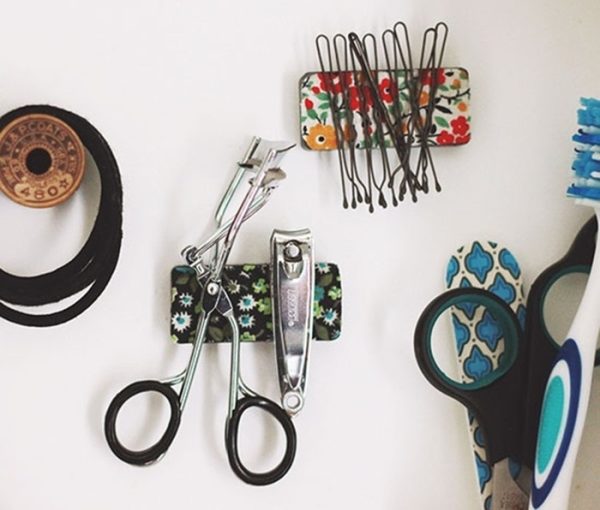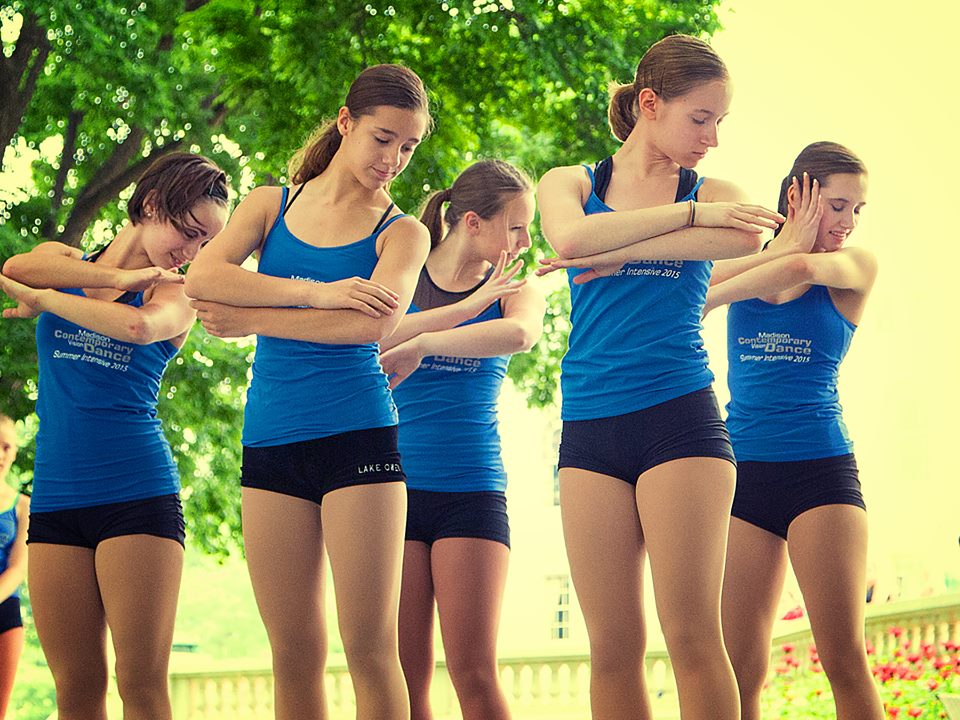By Liz Bercaw
Undoubtedly, dance coaches have to access team-building instruction through various association resources. Once the competitive season arrives, it will be filled with busy schedules, making it tough to draw upon professional writings. So, here are some quick team building ideas, along with some great ideas from regional dance coaches that will inspire you to employ some quick team-building ideas.
Reasons for doing “team-building” are myriad, but thinking about them requires analytical reflection, a time consuming intense activity. Here are some clear reasons for team-building set forth by the UDA (Universal Dance Association): build moral, build trust, build flexibility, and reinforce cooperation and creativity. A coach can achieve these by either conducting activities or “games” that directly train skills that induce these results, or as many coaches do, embed such training into regular dance season processes.
Encouraging good relationships is essential to team-building. Karen Christie, coach of Minneapolis Southwest, utilizes “Secret Sisters” a longer running version of the holiday favorite “Secret Santa.” Later in the season, to further bond your team, Kathryn Krause, Lakeville South Dance Coach likes to use “The Web.” A ball of yarn is thrown from dancer to dancer, the first telling something they value about the second. By the time each person is holding four or five pieces of yarn, a huge web has been formed. Two dancers are asked to let go of their strings while everyone watches what happens to the web, you can guess the result. Other group bonding activities suggested by coaches include showing impromptu movies and doing original choreography of short dances in groups.
It follows that exercises in group development discussed above, would also aid communication, the delivery of instruction or critique, two of the objectives achievable through UDA written games. Adding the element of perception can bring about smoother harmony during rehearsals. The goal of these games is to reveal to participants how they perceive situations or even objects differently than others. They are designed to break down preconceived stereotypes.
Remember to debrief so dancers can analyze how to apply game lessons to practices and competitions.
Team Building Ideas from Coaches
Kathryn Krause: Lakeville South Dance Coach
“As far as team bonding activities go, at the end of the season my college dance team would make what we called “the web.” We have a ball of yarn, and you throw it from girl to girl. Each person who throws it has to tell the person they throw it to something they value about them. It can be dance wise, personality, etc. That person then throws to someone else, and so on, and so forth. Our team was usually able to do this for about two hours. Everyone would be holding four or five pieces of the yarn and in the middle of the circle would be a huge web. We would have two people let go and see how it loosened the web. We would then talk about how this web is what makes us a team. Without one or two parts of the web, it is not as strong. Doing this four years in a row is one of my all time favorite college memories.”
Natalie Howlett-Albrecht: Head Coach of the Centennial Dance Team
“I really like to do surprise team bonding. At one of my regularly scheduled practices, I would plan an outing to go see a movie or just spend the entire practice letting the team get to know each other, I really like to give them a song and let them be creative, letting them make up dances that they show at the end of practice. It is really fun to see the interesting things that they come up with.”
Sara Willcutt: Head Coach of the Augsburg College Dance Team and the Ascending Star Dance Team
“I have my team sit in a circle and go around so that everyone has a chance to talk. I ask different questions such as: your favorites, something we don’t know about you, something unique about you, your goals as a dancer, ideas for the team this season, and so on. One of Augsburg’s favorite circle talks is when we say something positive that we admire about the dancer sitting to their right. We go around so everyone can feel good about themselves and see the positives that their team members see in them. Team chants and traditions are an important part of team bonding.”
Karen Christine: Minneapolis Southwest Dance Team Coach and Instructor at the Chanhassen Dance
“Team bonding is so important. Because my team is so close with each other, it makes them perform better! We like to play games like “Monkey in a Tree” with partners, we also do secret sisters. A fun way to do secret sisters is to put everyone’s name on a piece of paper and put it in a balloon and have everyone grab a balloon. They have to sit on it to pop it. They also do pasta parties before competitions to get the carbs in the night before! They watch dance tapes and eat food!”


